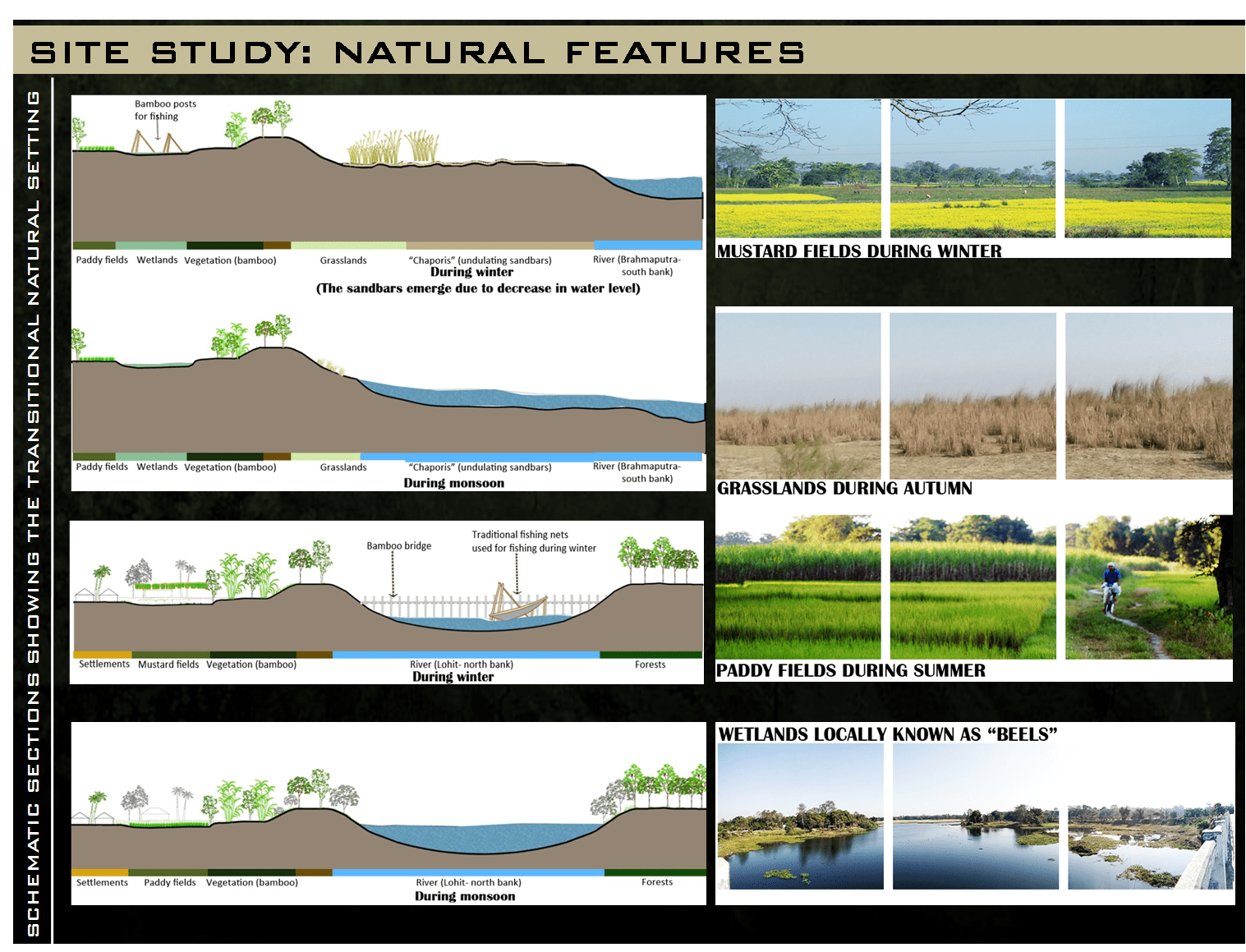There are different regions of the world where exists a unique cohabitation of various ethnic groups each of them having their own cultural identity in the form of traditions, beliefs, livelihood, way of living, etc. Each of such ethnic groups of different regions also shares an intimate relationship with the natural setting of the region shaped due to its certain geographical aspects. In such context, the socio-cultural pattern of the communities such as the way of living, traditions, livelihood pattern is based on the existing local resources of the region.
These local resources of a region and the co-habitation of different ethnic groups and the ways to adapt themselves with the natural setting shows a certain socio-cultural and natural linkage, which becomes the important assets of local heritage belonging to a specific region and giving it an identity in itself.
Majuli island of Assam, in spite of being nominated twice as a world heritage site, did not qualify as a world heritage site and remains in the tentative list of world heritage sites. Majuli being bestowed with a character of an island and a riverine landscape, consisting of wetlands, paddy field, sandbars (locally known as chaporis), etc is an amalgamation of diverse ethnic and social groups – the “Sattras” (Vaishnavite monasteries), Mishings, Deoris, Kacharis, etc maintaining their own cultural identity along with having a deep understanding about the natural phenomena and adapting themselves to the different phases of nature.
This research focuses on understanding the natural landscape setting, livelihood patterns along with various settlement patterns of multiple ethnic and other social groups co-habiting with each other in sync with the existing natural resources forming a nature-culture linkage and analyze how this island has been looked upon by various perspectives of development, tourism and recently the approach of cultural landscapes and how these factors of urbanization have affected the natural and cultural systems of the island.


